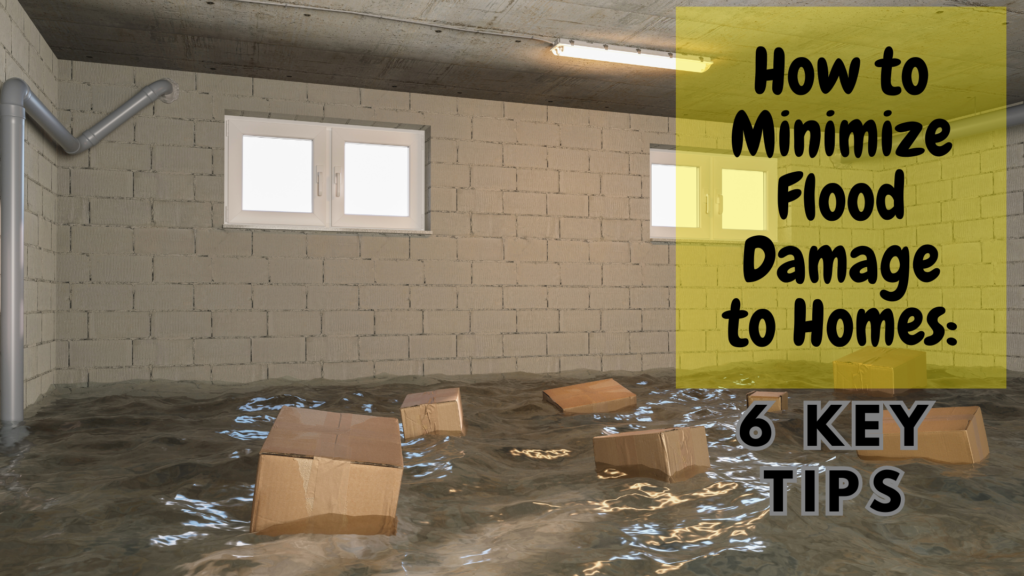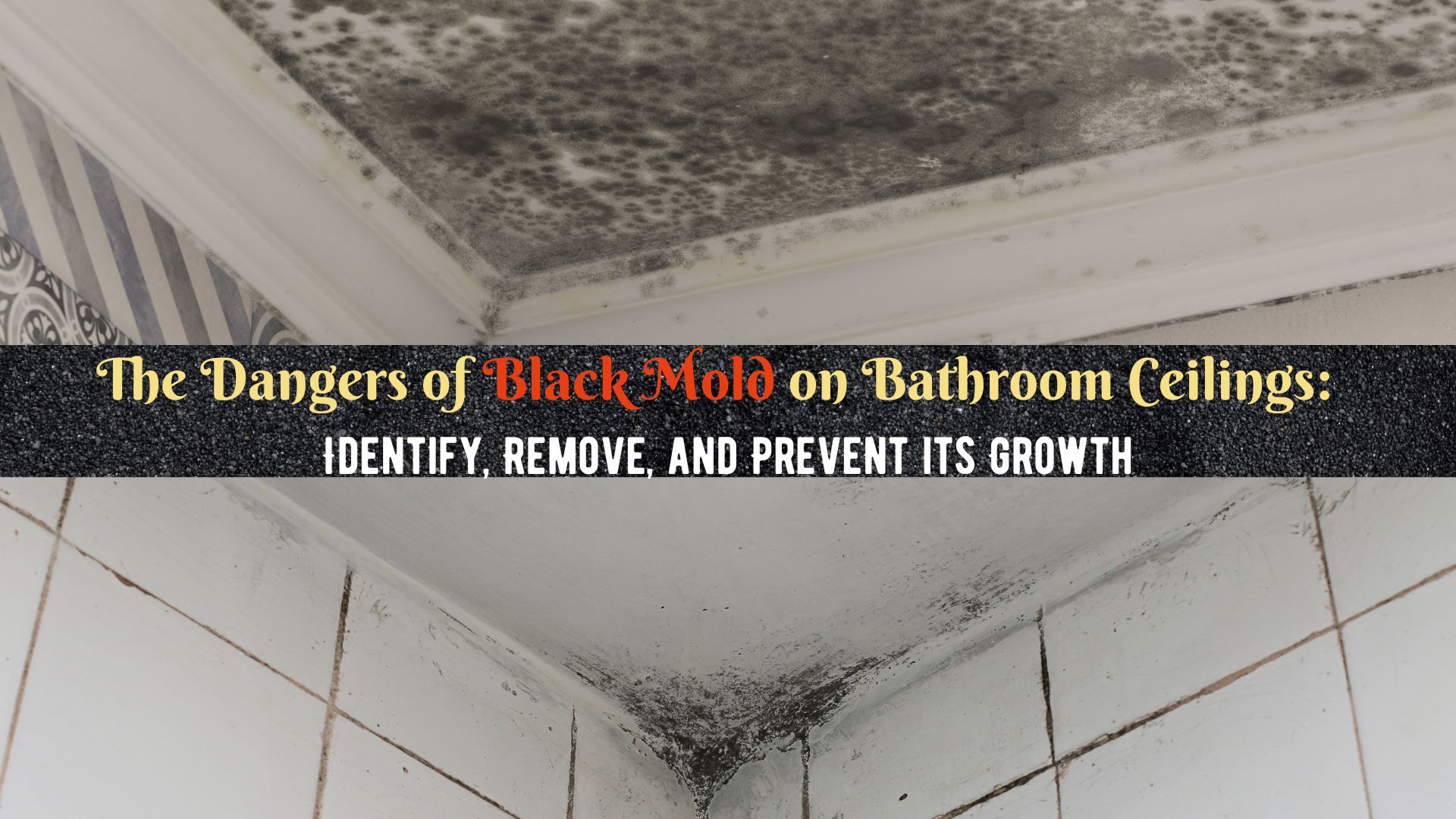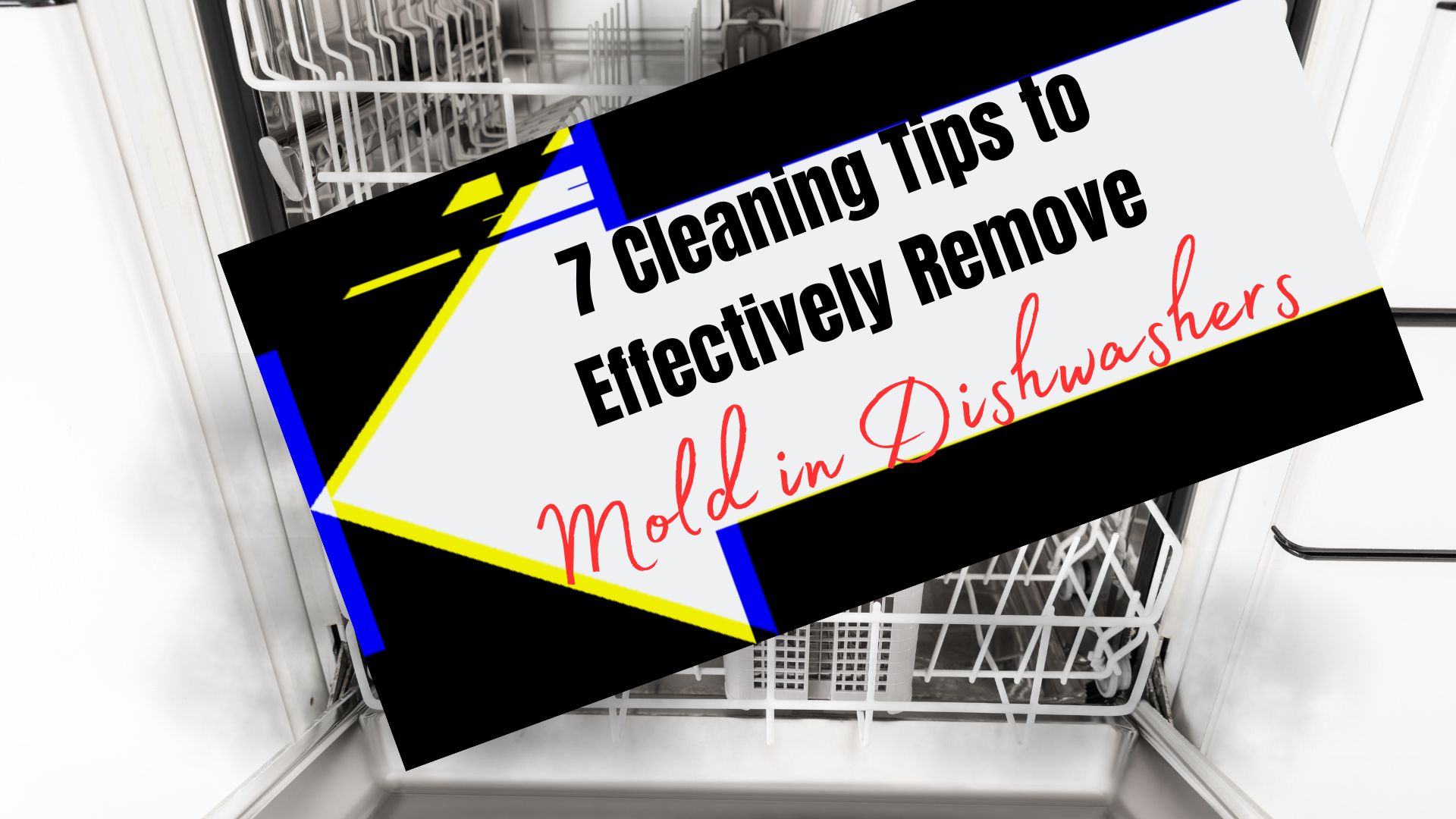The Federal Emergency Management Agency (FEMA) states that communities with low to moderate flood risk receive one-third of federal disaster assistance for flooding, highlighting that floods can occur anywhere. Communities can learn how to minimize flood damage, prepare for floods, develop emergency plans, and take measures to lessen the risk of flooding in their area.
No matter where you live, being ready for floods is essential. As per FEMA, even one inch of water can result in losses of up to $25,000 for a homeowner. Flood insurance can help cover most of the damage costs. Also, making your home flood-proof can reduce damage to your belongings and the foundation.
How to Minimize Flood Damage
If you take action early enough, you can lessen the risk of flood damage to your house by following these steps:
1. Examine your drainage system.
Floods can damage both the inside and outside of your home, and poor water drainage is often the cause. To fix it, regularly clean your gutters and check for gaps or leaks that might direct water toward your home’s foundation instead of away from it.
Downspout extensions should move water at least four feet from your home’s foundation, and the soil within three feet of the house should slope away from it. If there’s a problem with the slope, you can hire a contractor to regrade your yard so that water flows away from your home.
2. Inspect your windows and foundation.
Another tip on how to minimize flood damage is to inspect your foundation for cracks, which can allow water to enter your home. Fill any cracks with appropriate materials and consider sealing the outside of the foundation. If you find extensive damage, you may need help from a basement specialist or structural engineer to fix them.
Basements and low-level window wells can also let water into your home. To prevent this, buy a window well cover that attaches securely to keep water from spilling into the well.
3. Take measures to avoid sewage backups.
Sewer line backups can flood homes with expensive and unpleasant water. Whether insurance covers the cost depends on the source of the water. If water overflows from storm sewers, flood insurance may cover it. If your sewage backs up due to a clog in your house lines, your homeowners’ policy may cover it.
Fortunately, there are ways to prevent sewage backups. Installing a backflow preventer in the main line to the sewer is a cheap and effective option. A sewer line inspection and cleaning typically costs less than $150 and can remove clogs and identify blockages like tree roots. It’s crucial to catch these issues before they become significant problems.
Avoid putting grease or large food scraps down your pipes to prevent clogs or backups.
4. Make sure you have a sump pump and check it frequently.
One crucial thing to do how to minimize flood damage is to have a sump pump.
A sump pump is an instrument that withdraws water from a below-ground-level area of the home to prevent mold and mildew growth caused by water and flood damage. It may be costly, but it can save thousands of dollars in flood damage in flood-prone homes.
Inspect and test the sump pump regularly to ensure it functions properly by pouring a small bucket of water into the basin. Remember that you need a backup power source, such as a sump-pump battery or a home generator, in case of a power outage during a storm or flood.
5. To minimize flood damage, move your valuable items and appliances to higher ground.
To defend against flooding:
- Elevate your treasured or high-value possessions.
- Place them on the upper level of your home or on top shelves of closets and cupboards.
- Only store something on the floor, particularly in basements or other ground-level areas.
If you have appliances like washing machines and dryers, put them on wood or cement blocks to raise them at least one foot above the ground.
Keep essential documents in a fire-safe, waterproof box and place them in a high-level location. Check online flood maps from FEMA to know how high floodwaters can rise in your area.
6. When it seems like flooding is possible, it’s essential to turn off the electricity.
Your home’s electrical system may pose a threat of shock during or after a flood, which could harm people or objects. To prevent this, make sure you’re not at risk of shocking yourself, then turn off the electricity to any parts of your home that may flood by shutting off breakers or unscrewing fuses. Also, avoid walking in floodwater.
If floodwaters get close to the electrical entrance box, call the power supplier and disconnect the electrical supply to the house.
The best way to defend against flooding is to prepare beforehand. Take steps to prevent flood damage long before floodwaters enter your home.
Superior Restoration Knows How to Minimize Flood Damage to Your Home
Superior Restoration has the expertise and experience to minimize flood damage to your home. They understand the urgency of the situation and have the necessary tools and equipment to mitigate the damage caused by flooding quickly. With their knowledge and skill, they can restore your home to its pre-flood condition, making the recovery process as smooth as possible.
Available in emergencies 24/7, Superior Restoration is ready to aid you. Call us today!





